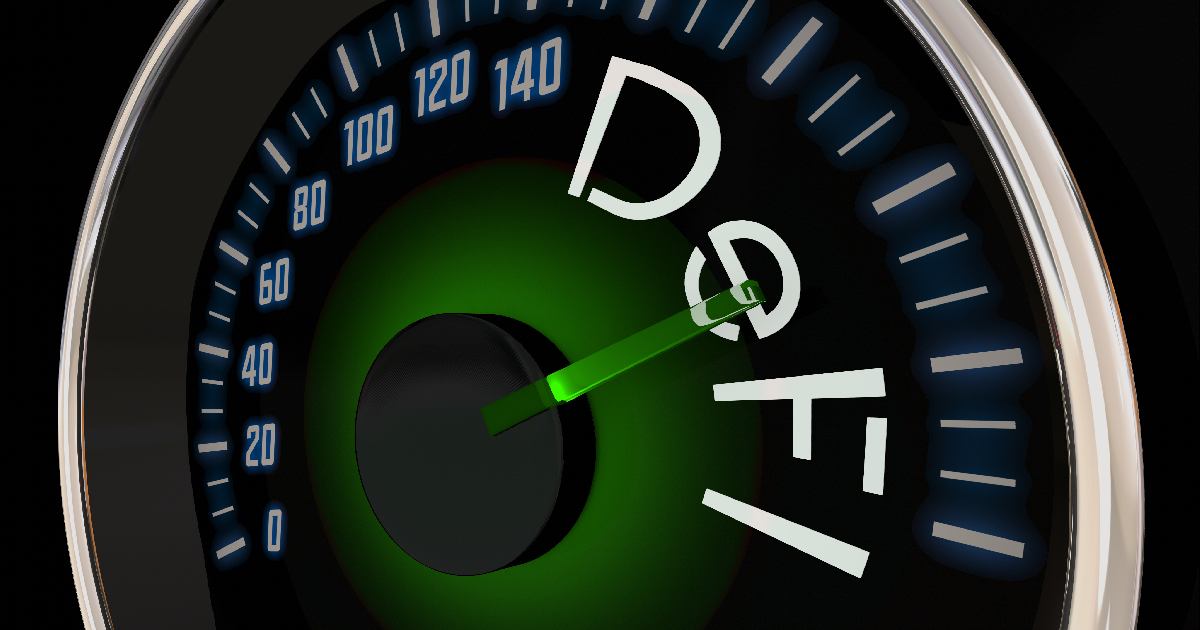Bitcoin, DeFi Space See Positive Momentums, NFT Market Declines in Q3
The latest data shows that although cryptocurrencies witnessed a massive market crash experienced in Q2 2022, the digital assets made some relative recovery in Q3 amid the ongoing bearing market conditions, according to the third-quarter report published by data platform CoinGecko.

Per CoinGecko, the report highlighted that such recovery is manifested based on the fact that the cryptocurrency market increased its market cap from a low of $903 billion in July to reach up to $1.2 trillion in August.
While Bitcoin struggled in Q3, it managed to outperform other commodities such as gold, oil and other traditional assets, except for the US Dollar Index (DXY), which tracks the greenback's value against major currencies. However, from Year to date (YTD) perspective, Bitcoin still experienced the largest loss of -58% compared to all other asset classes. In other words, the cryptocurrency plunged more than 58% year-to-date and is now hovering around $19,113.66 per coin, according to data from CoinGecko. Bitcoin continues to trade mostly in lockstep with US equities but largely recovered compared to the equities market in Q3.
DeFi Rebounds
Data from CoinGecko has also disclosed that the Decentralized Finance (DeFi) market recovered by 31% in the third quarter, from $54.66 billion it was on July 1 to stand at $63.02 billion as of August 23 2022. It's no news that the DeFi space has been facing it rough as data showed that the DeFi ecosystem lost 68.13% representing $155.79 billion in Total Value Locked (TVL) in the second quarter of 2022.
The rally can be traced to the crypto market's slow but steady recovery, which is led by Ether, the native token of the Ethereum blockchain. Even though Ether (ETH) has plunged 33% to $1,330 from its quarterly high in mid-August, it is still up by 26% compared to Q2. The Ethereum blockchain accounts for $35.44 billion, or 56.24% of the TVL seen in the crypto space today.
Besides DEXs (decentralized exchanges) maintaining their status as the largest component of DeFi, they gained a significant rise in market share, increasing 36.8% to $10.9 billion, according to the data. This has been driven by the uptick in trading volume, majorly propelled by the Merge narrative, and with the continued popularity of the liquid staking sector. In 3Q, the liquid staking landscape almost tripled its market cap to $1.54 billion, and Lido, the market cap leader in that category, rose 264% to $1.60 within that period.
NFT Winter
Based on data from CoinGecko, sales of non-fungible tokens (NFTs) dropped significantly in the third quarter, as crypto investors struggle with the ongoing "crypto winter" and the demands for the highly speculative digital assets show little sign of returning. The NFT market witnessed a heavy hit in the past quarter, as it experienced a -77% plunge in total trading volume across the top 5 NFT marketplaces, OpenSea, Magic Eden, LooksRare, X2Y2, and CryptoPunks.
MagicEden was the only NFT marketplace that witnessed growth in September, doubling its MoM volume and dominance while the rest of its competitors continued to dip. With its recent expansion into the Ethereum blockchain and the launch of its headline-grabbing y00ts NFT collections, MagicEden gained significant dominance (from 9% → 22%) in 3Q. The Solana-based NFT marketplace appears to be eating OpenSea's market share, which now stands at 60% from 90% in Q3. But it remains to be seen if MagicEden can sustain the momentum.
Stablecoin movements
Lastly, in the last Q3, the stablecoin economy's market valuation dropped by 3% from $156.7 billion to $152 billion. The major 5 stablecoins are Tether (USDT), USD Coin (USDC), Binance USD (BUSD), Dai (DAI) and Frax (FRAX), as they have continued maintaining their positions, having no new entrants nor changes to their order.
However, data showed interesting movements in market cap within the top 5, with USDC dropping 16% or $9 billion after the US Office of Foreign Assets Control (OFAC) imposed sanctions on Tornado Cash. BUSD's market cap grew the most, increasing by 18% or $3 billion because of inflows from USDC, triggered by Binance's announcement on BUSD auto-conversion. USDT also witnessed a slight increase, possibly having absorbed some of the selloffs of USDC.
As of September, USDT crossed above $68 billion, USDC dropped to $49.39 billion, while Binance USD (BUSD) increased its market cap to $21.63 billion.
Image source: Shutterstock
Bitcoin Braces for Deeper Bear Market as Fed Eyeing Another Big Rate Hike

